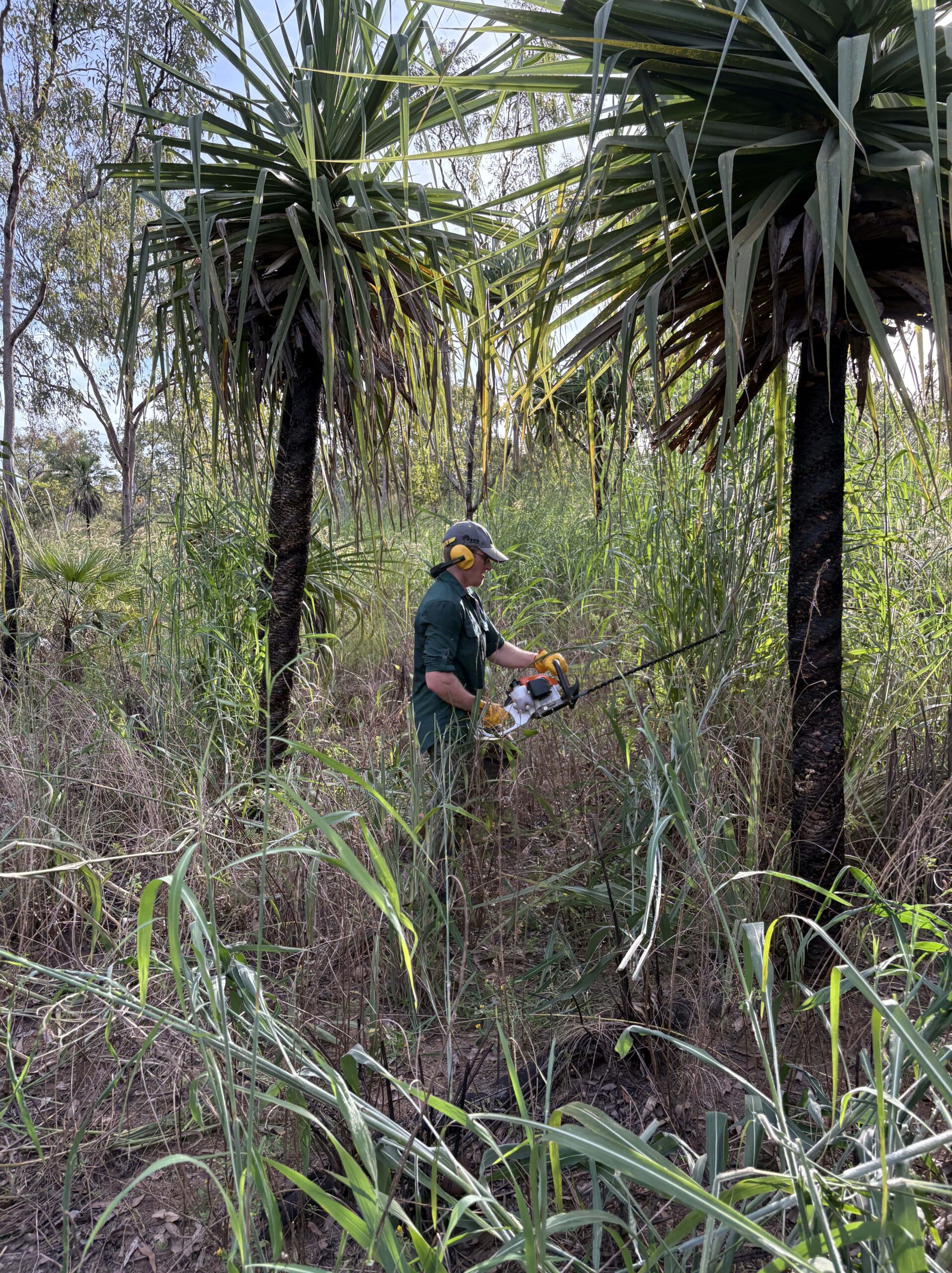The UN’s International Day for Biological Diversity is a timely reminder of the intricate connection between the well-being of our planet’s biodiversity and human prosperity. It’s a moment to recognise the value of what we have and what we stand to lose if we don’t account for that value.
Biodiversity loss not only poses significant risks to our planet but also to our economies and societies. It is estimated that USD 10 trillion in global GDP could be lost by 2050 if ecosystem services continue to decline (Source: WWF).
We can only begin to invest in nature-positive solutions, however, if the values of biodiversity and ecosystem services are fully recognised and represented in business and investment decision-making.
In this blog, we delve into the importance of measuring biodiversity impacts and why it is critical for ensuring sustainable growth.
Understanding the Value of Biodiversity
Biodiversity encompasses the variety of life forms, from plants and animals to microorganisms, and the ecosystems they inhabit. It provides numerous essential services, such as clean air and water, soil fertility, pollination, and climate regulation. Biodiversity is the foundation of resilient and sustainable economies, supporting sectors from agriculture and pharmaceuticals, to tourism and beyond. However, the willful destruction of biodiversity is unnecessary, when the application of data and knowledge can result in positive outcomes.
Measuring Biodiversity Impacts and Dependencies: The Power of Data
Businesses and investors often have direct and indirect impacts on biodiversity and ecosystems through their operations, products, and investments. Direct impacts are what most people think of when they think of biodiversity loss: clearing forested land for business purposes, such as mining or farming. Indirect impacts can take many forms – a company releasing carbon emissions from its factory, for example, which leads to rainforest dieback on another continent and impacts biodiversity.
Without measuring and understanding both types of impacts, we cannot effectively address biodiversity loss.
Robust impact measurement provides a clearer picture of the environmental risks and opportunities associated with business activities and investment decisions. It enables us to identify dependencies on natural capital, evaluate potential risks and liabilities, and promote sustainable investments that are nature-positive.
By embracing impact measurement, informed investors and corporate leaders can:
- Enhance Risk Management: Measuring biodiversity impacts helps identify potential risks related to dependencies on ecosystem services, supply chain vulnerabilities, and regulatory changes. It allows for proactive risk management strategies that minimise disruptions and protect long-term value.
- Strengthen Investor Confidence: As investors increasingly prioritise sustainable practices, impact measurement provides much-needed transparency. Accurate reporting on both direct and indirect biodiversity impacts enables investors to make informed decisions, allocate resources wisely, and support companies with robust sustainability strategies.
- Catalyse Positive Change: Impact measurement empowers investors and corporate sustainability teams to actively contribute to the protection and restoration of biodiversity. It aligns capital with nature-positive initiatives, drives collective action, and fosters collaborations that can achieve measurable and scalable impact.
- Future-proof Investments: Considering biodiversity impacts is essential for long-term investment performance. As governments and regulators tighten environmental regulations, companies that proactively address biodiversity concerns are more likely to adapt successfully, mitigate risks, and attract sustainable capital.
- Drive Sustainable Innovation: Understanding biodiversity impacts can also help spark creativity and guide investments in sustainable solutions that contribute to ecological restoration and preservation.
Measuring biodiversity impacts is not only a responsibility but also an opportunity for informed investors and businesses. By embracing impact measurement, we can unlock the potential for sustainable growth, innovation, and positive change.
Looking to the Future
There is reason to hope for progress – the Global Biodiversity Framework agreed upon at the Kunming-Montréal CBD COP-15 in December 2022 set the right priorities to give nature a fighting chance in the coming years. The approved framework not only raised the bar on countries to act but was historic in recognising the leading role big business and large investors must play in conserving biodiversity.
But this was only a first step. Without concerted action on all sides to better understand the costs of “business as usual”, it will be increasingly difficult to create the right conditions and policies to mitigate longer-term damage to nature in time.
As we mark this year’s International Day of Biological Diversity, we encourage the business and investor community to commit to integrating biodiversity considerations into investment decisions, collaborating with stakeholders, and supporting initiatives that protect and restore our planet’s precious ecosystems. Together, we can build a future where economic prosperity and environmental stewardship coexist together, ensuring a thriving planet for generations to come.
Remember, our actions today will shape the biodiversity of tomorrow. Let us be the catalysts for change and drive the transformation toward a sustainable and biodiverse world.
Happy International Day of Biological Diversity!
The GIST Impact Team






